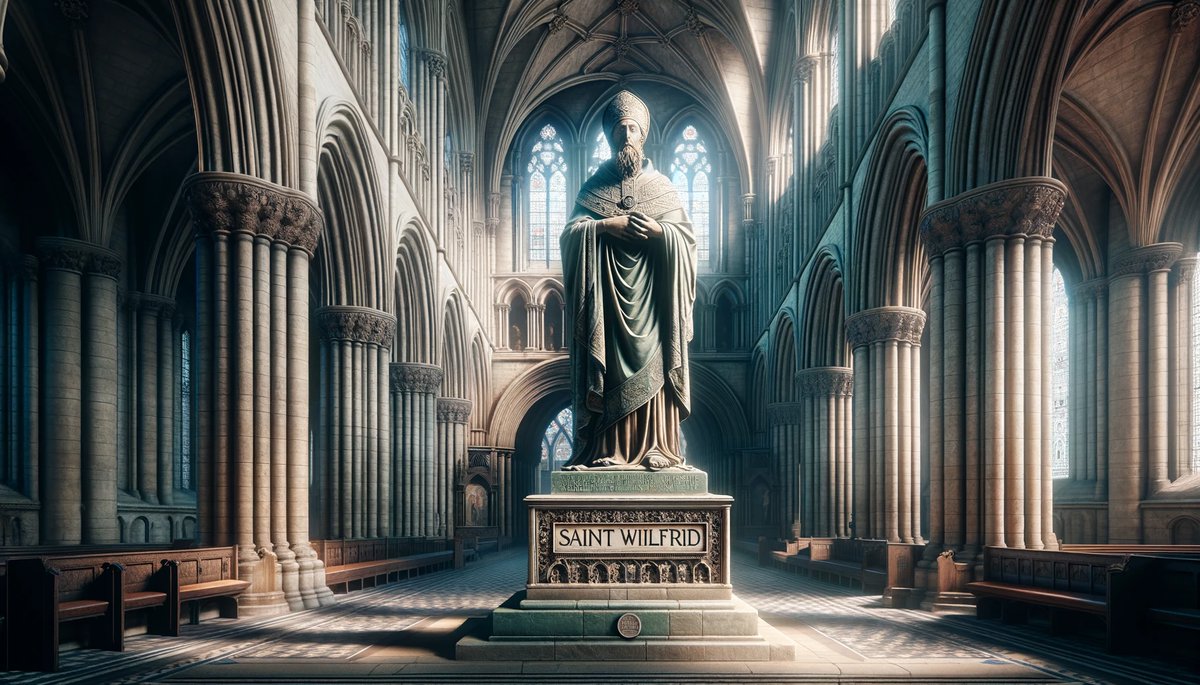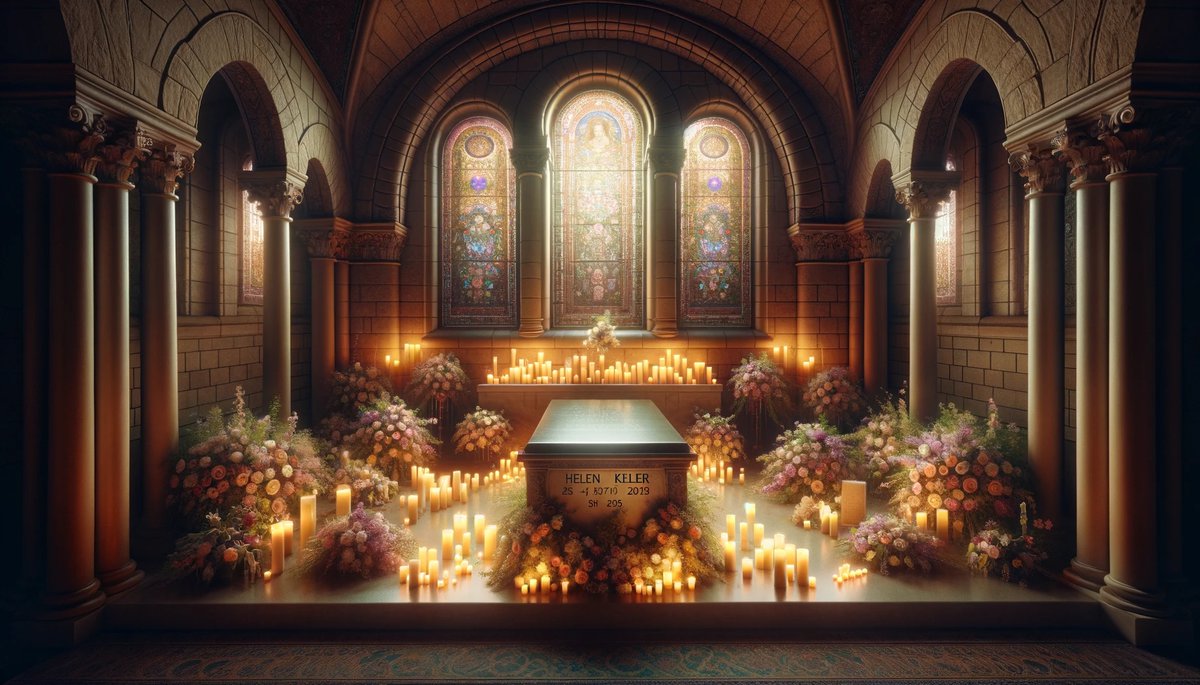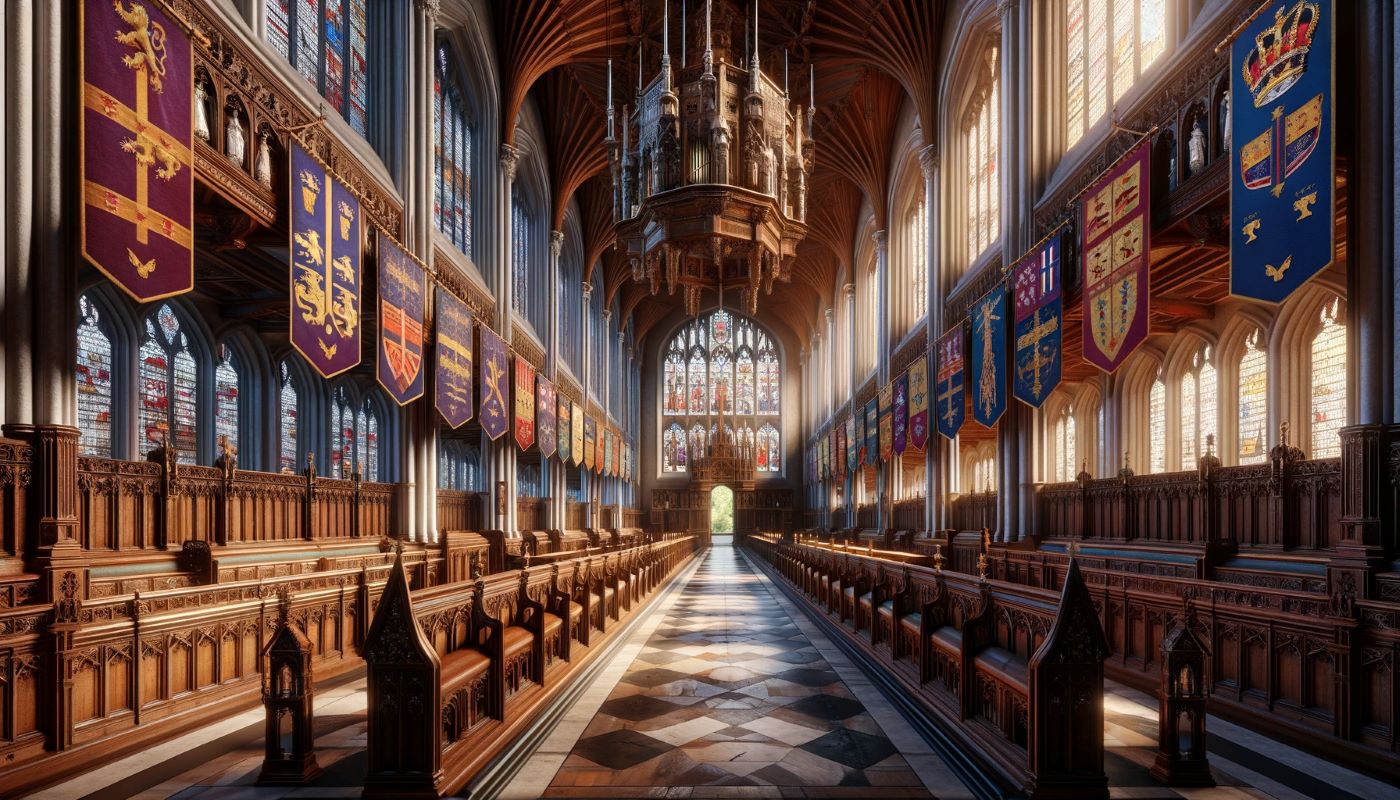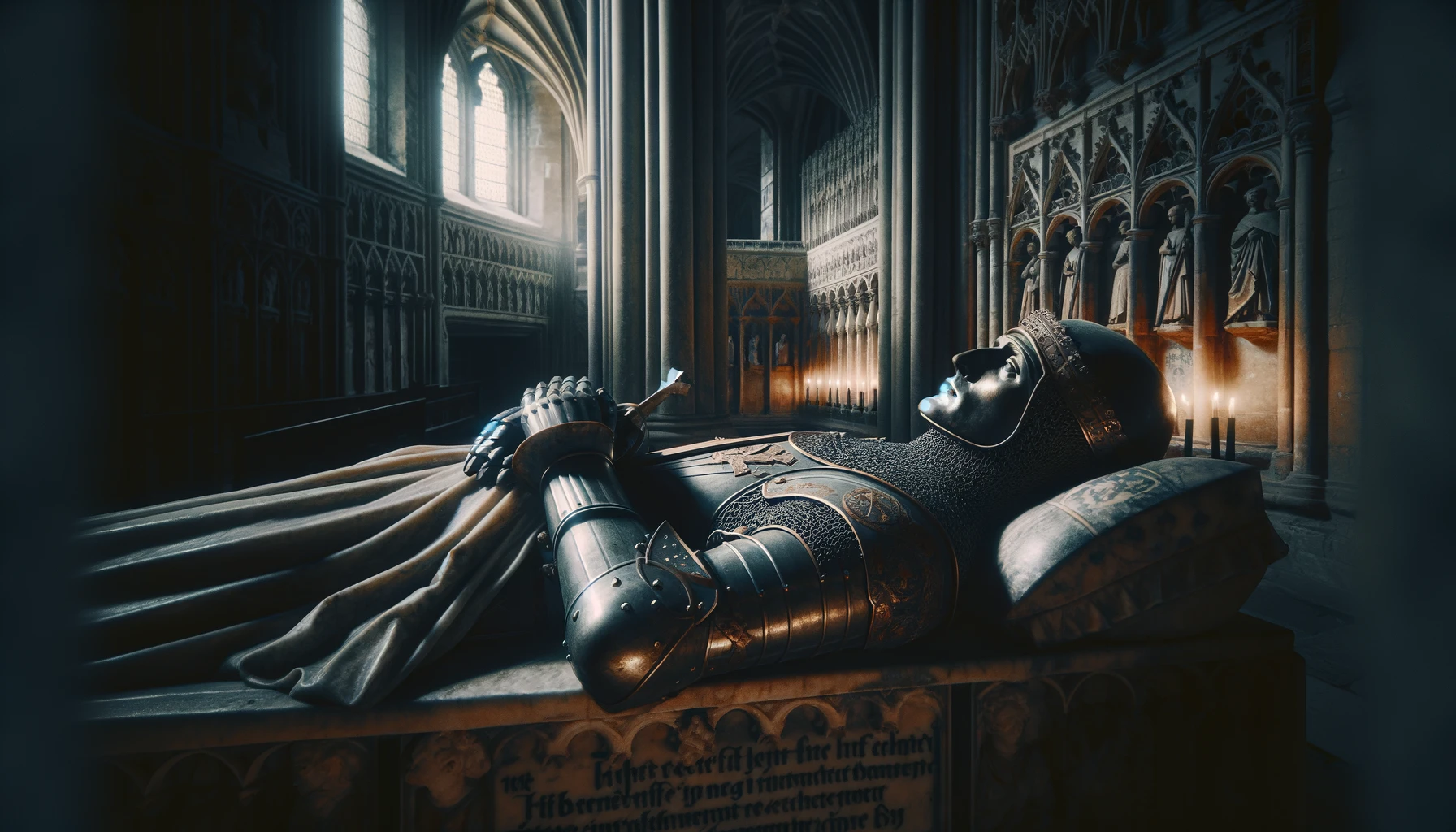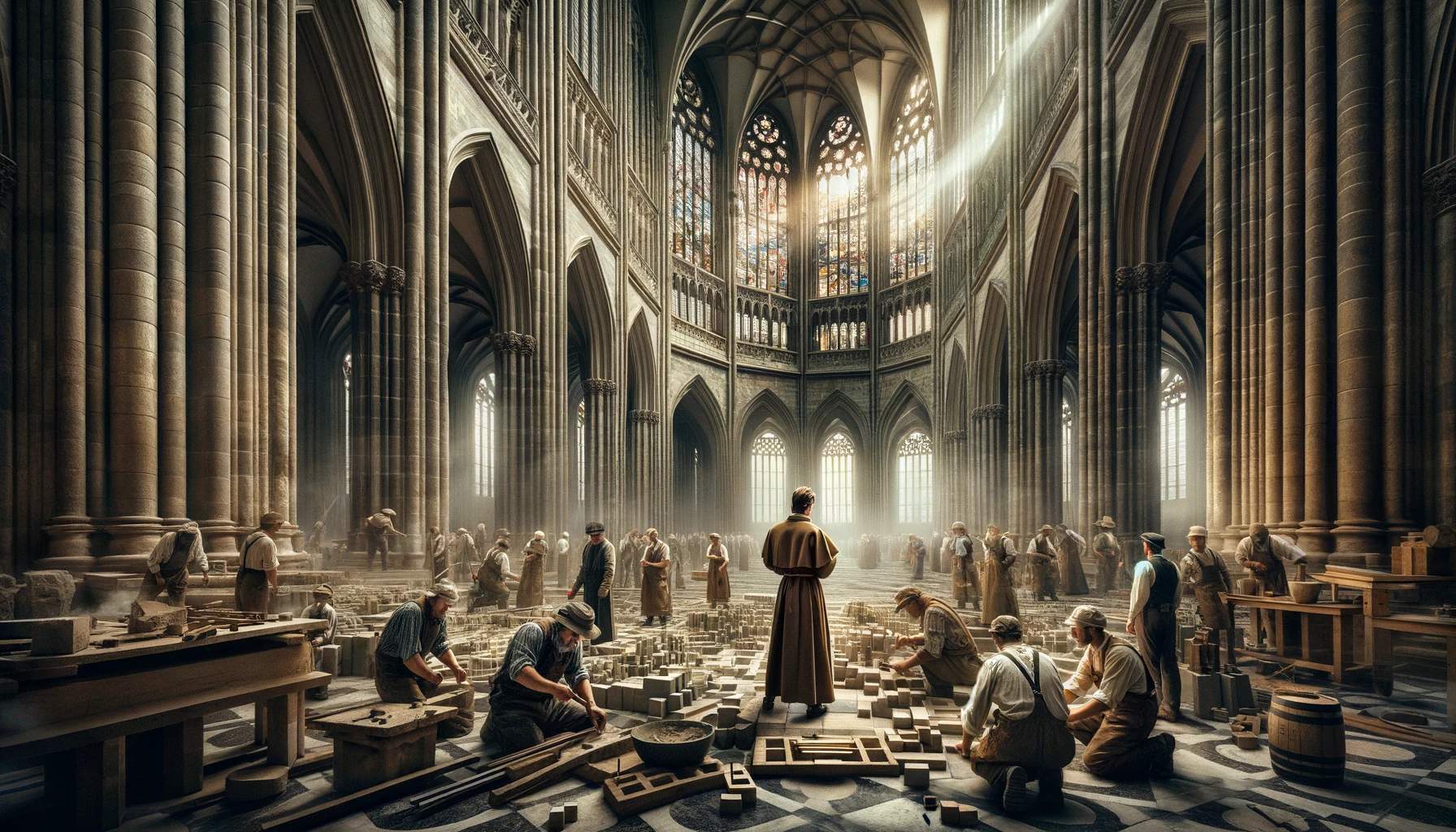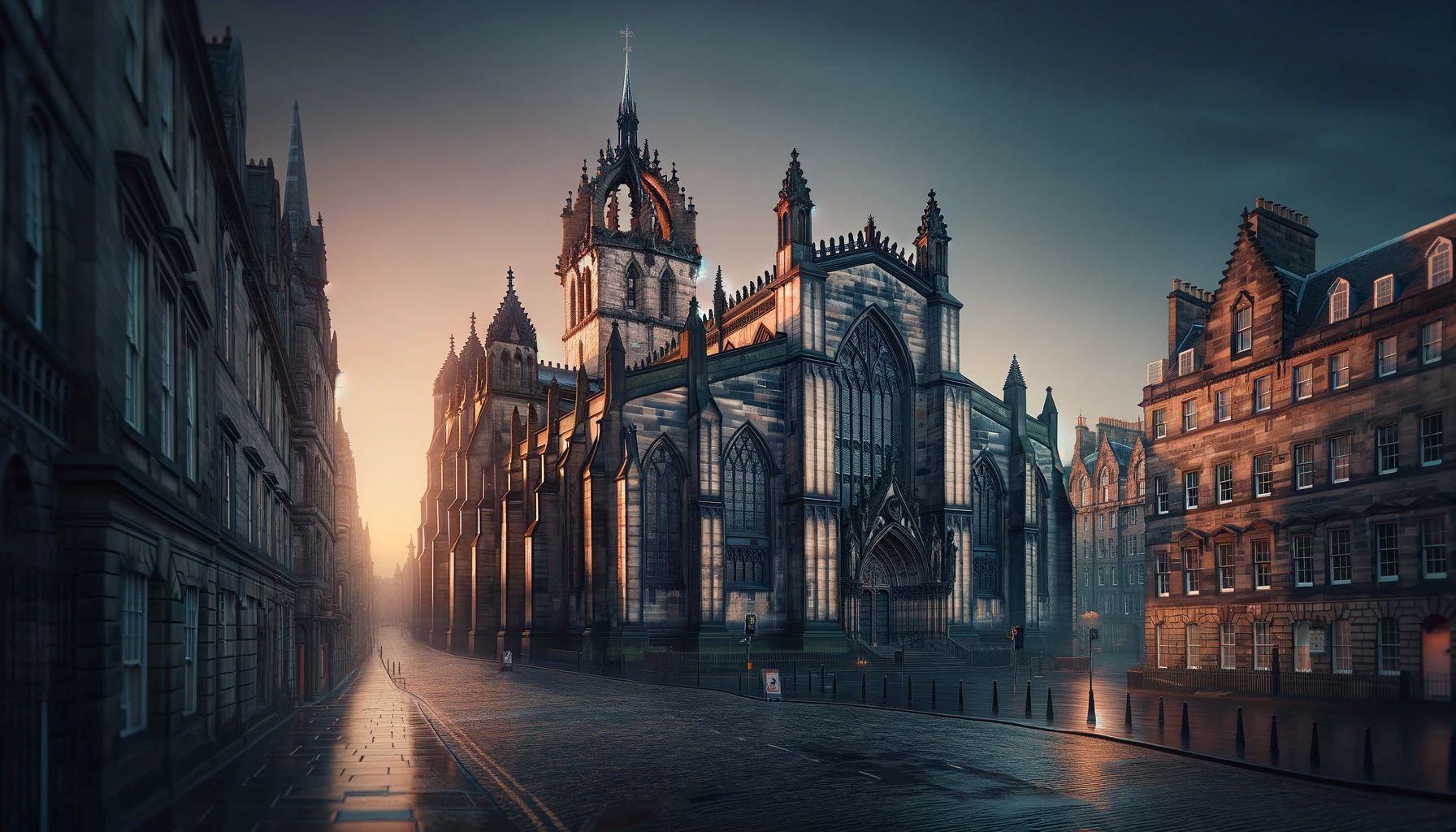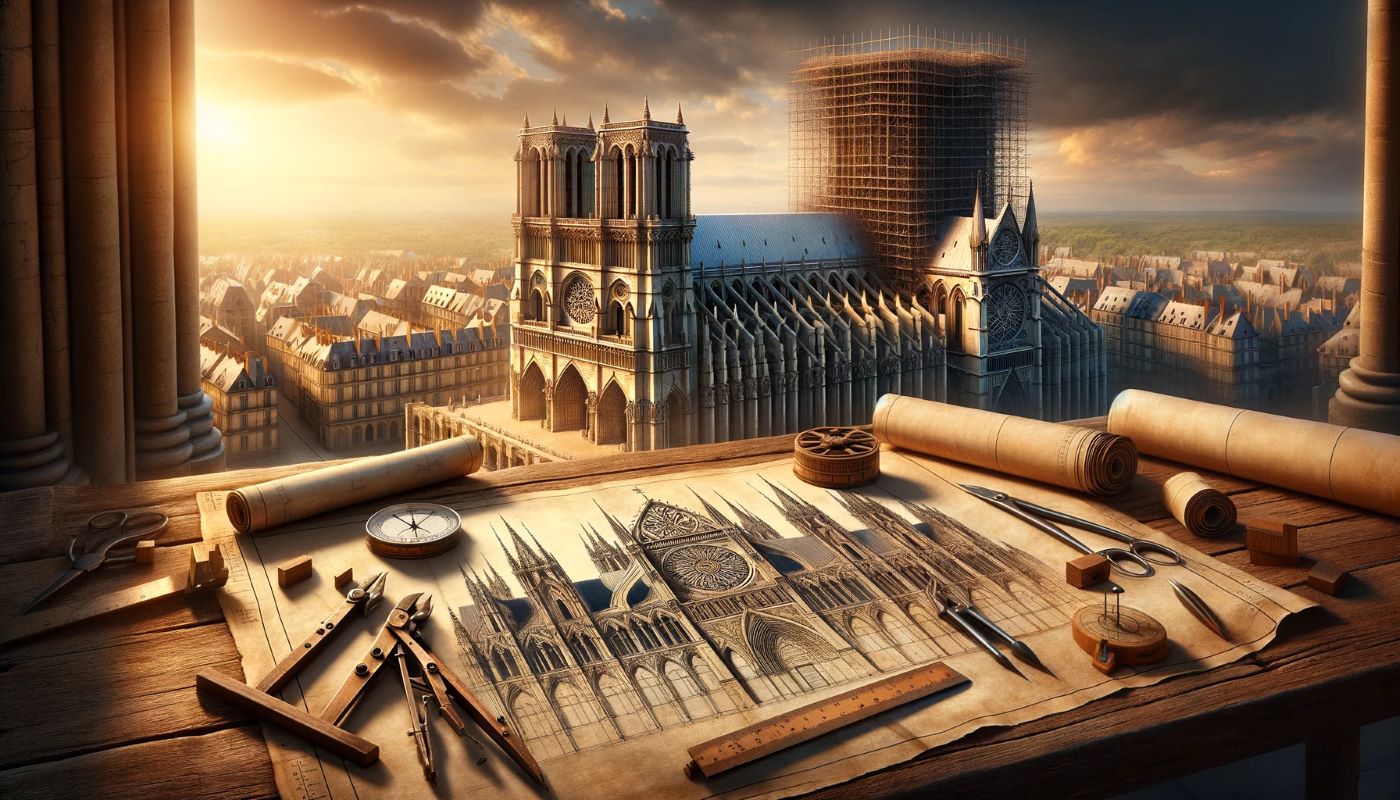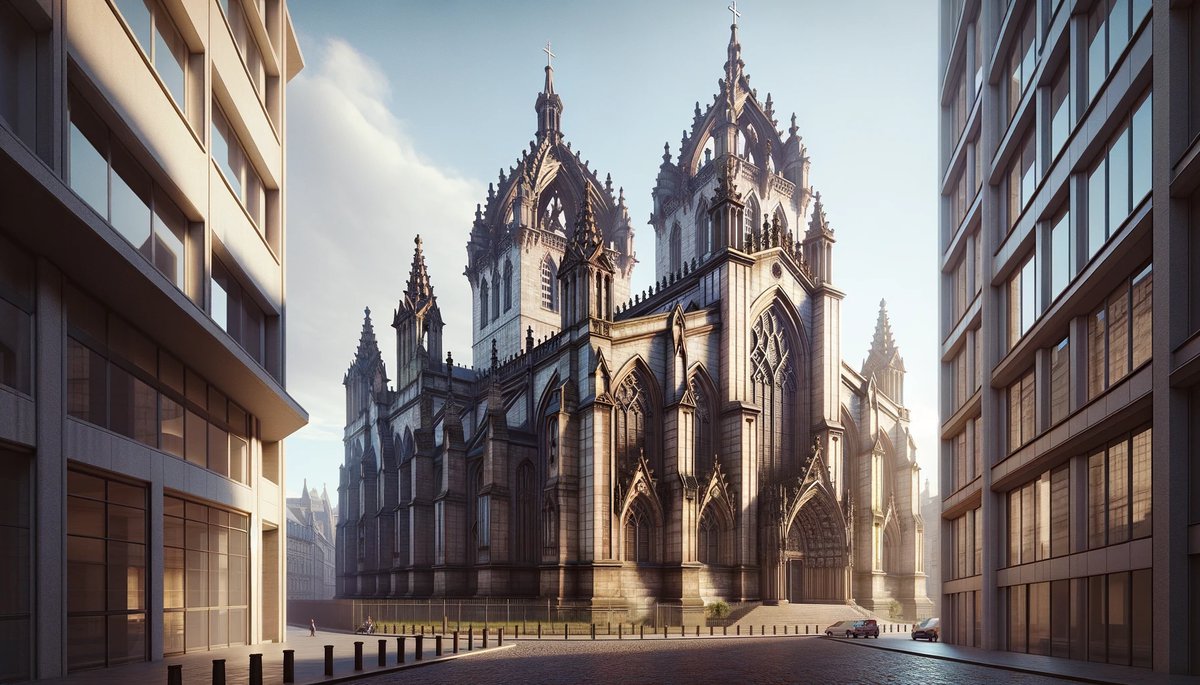Home>Arts and Culture>Who Is Buried In St. Giles Cathedral
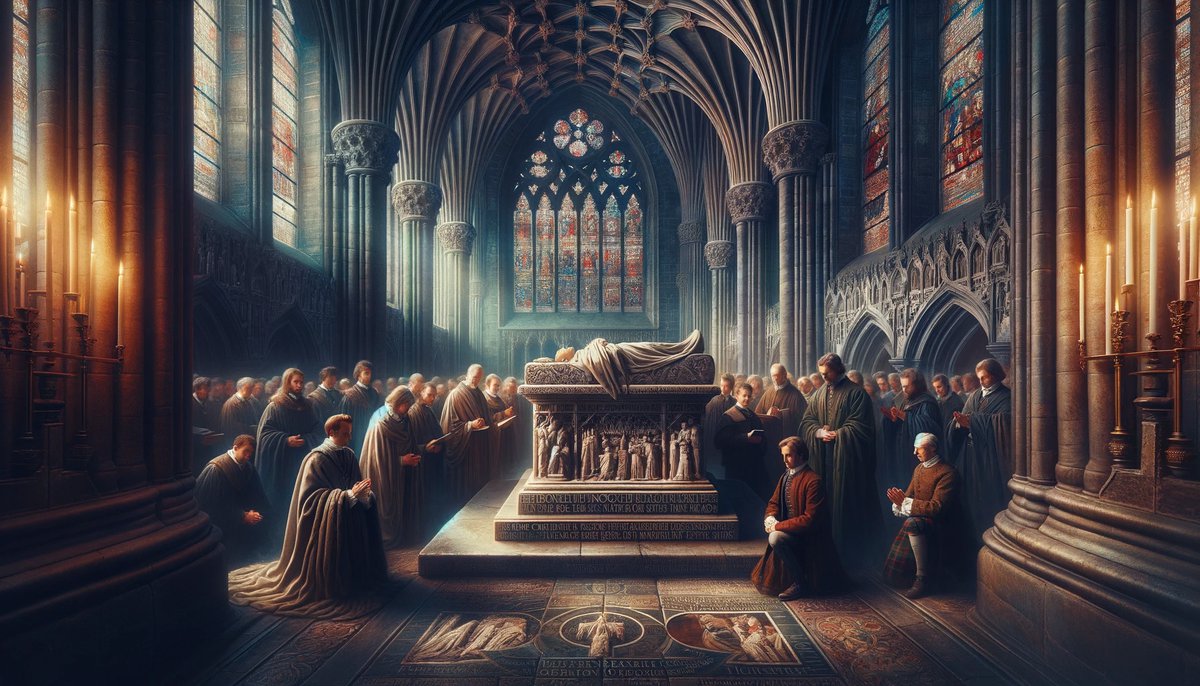

Arts and Culture
Who Is Buried In St. Giles Cathedral
Published: February 19, 2024
Jason DeRose, Managing Editor at Christian.net, uses his expertise in religion and journalism to deepen understanding of faith's societal impacts. His editorial leadership, coupled with a strong academic background, enriches the platform’s diverse content, earning him recognition in both journalism and religious circles.
Discover the history and artistry of St. Giles Cathedral and learn about the notable figures buried within its walls. Uncover the cultural significance of this iconic Edinburgh landmark.
(Many of the links in this article redirect to a specific reviewed product. Your purchase of these products through affiliate links helps to generate commission for Christian.net, at no extra cost. Learn more)
Table of Contents
Introduction
St. Giles Cathedral, a majestic and historically rich structure nestled in the heart of Edinburgh, Scotland, stands as a testament to the enduring legacy of faith, art, and culture. This iconic landmark, with its stunning Gothic architecture and intricate details, has been a focal point for both religious worship and cultural appreciation for centuries. As visitors step through its grand entrance, they are greeted by a profound sense of reverence and awe, as if the very walls whisper tales of the past.
The cathedral, often referred to as the "High Kirk of Edinburgh," serves as the principal place of worship for the Church of Scotland in the capital city. Its name pays homage to St. Giles, the patron saint of Edinburgh, whose influence and legacy are deeply intertwined with the city's history. The cathedral's significance extends beyond its religious role, as it also serves as a hub for artistic expression, hosting concerts, exhibitions, and events that celebrate the intersection of spirituality and creativity.
Amidst the grandeur and spiritual ambiance of St. Giles Cathedral lies a captivating enigma – the notable figures who have found their final resting place within its hallowed walls. These individuals, whose lives have left an indelible mark on history, have been interred in the cathedral, adding an intriguing layer of historical significance to this revered site.
As we delve into the captivating narrative of St. Giles Cathedral, we will unravel the stories of the remarkable individuals who have been laid to rest within its sacred confines. From influential leaders to revered artists, their legacies continue to resonate within the hallowed halls of this architectural marvel, inviting visitors to ponder the enduring impact of their contributions to society.
Join us on a journey through time and history as we explore the captivating allure of St. Giles Cathedral and the distinguished figures who have found eternal repose within its venerable walls.
History of St. Giles Cathedral
St. Giles Cathedral stands as a living testament to the rich tapestry of history that has unfolded within its venerable walls. Its origins can be traced back to the early 12th century when a small, humble church dedicated to St. Giles was first erected on the site. Over the centuries, the cathedral underwent a series of transformations and expansions, evolving into the magnificent architectural marvel that graces the Edinburgh skyline today.
The cathedral's architectural style reflects the transition from Romanesque to the more elaborate Gothic design, showcasing the evolution of medieval craftsmanship and artistic expression. The intricate details adorning its façade and interior, including the iconic crown spire and majestic stained glass windows, bear witness to the skilled hands and creative vision of the artisans who contributed to its construction.
Throughout its storied history, St. Giles Cathedral has weathered periods of turmoil and transformation, mirroring the ebbs and flows of Scottish history. It has witnessed pivotal moments, including the tumultuous events of the Scottish Reformation, during which the cathedral played a central role in the religious and political upheaval that swept across the nation.
One of the most striking features of the cathedral is its famed Thistle Chapel, a masterpiece of intricate woodcarving and craftsmanship. This sacred space, adorned with the emblems of the Order of the Thistle, stands as a testament to the enduring legacy of chivalry and honor in Scottish culture.
The cathedral's interior is a treasure trove of artistic and historical wonders, with its renowned organ, stunning vaulted ceilings, and a collection of ornate memorials and monuments that pay homage to the influential figures of Scotland's past.
Today, St. Giles Cathedral continues to serve as a vibrant center of spiritual and cultural life, welcoming visitors from around the world to experience its timeless grandeur and immerse themselves in the rich heritage it embodies.
As we stand in awe of the architectural splendor and historical significance of St. Giles Cathedral, we are reminded of the enduring power of human creativity, faith, and resilience, encapsulated within the hallowed embrace of this iconic landmark.
Notable Figures Buried in St. Giles Cathedral
Nestled within the sacred confines of St. Giles Cathedral lie the final resting places of several notable figures whose legacies have left an indelible mark on history. These revered individuals, spanning various spheres of influence, have found eternal repose within the hallowed walls of this iconic landmark, adding a profound layer of historical significance to the cathedral.
James Graham, Marquis of Montrose
One of the most prominent figures interred within St. Giles Cathedral is James Graham, the Marquis of Montrose. A revered military leader and statesman, Montrose played a pivotal role in the turbulent events of the 17th century Scottish Civil War. His unwavering loyalty to the royalist cause and his daring military campaigns have solidified his place in Scottish history. Despite facing adversity and eventual defeat, Montrose's legacy endures as a symbol of courage and resilience, making his burial site within St. Giles Cathedral a poignant reminder of his enduring impact on Scotland's tumultuous past.
Sir Walter Scott
The illustrious literary giant, Sir Walter Scott, also finds his eternal resting place within the hallowed confines of St. Giles Cathedral. Renowned for his literary prowess and influential role in shaping the romanticized perception of Scottish history and culture, Scott's burial site serves as a pilgrimage destination for admirers of his literary works. His contributions to the literary world and his profound influence on the preservation of Scottish heritage have cemented his status as a revered figure, making his presence within the cathedral a testament to his enduring literary legacy.
Read more: St Giles Cathedral: What Religion
The Honours of Scotland
In addition to the distinguished individuals interred within the cathedral, St. Giles also safeguards the Honours of Scotland, comprising the Scottish Crown Jewels. These priceless symbols of Scottish monarchy, including the crown, scepter, and sword of state, are housed within the cathedral, symbolizing the enduring legacy of Scotland's regal heritage. The presence of these historic artifacts within the cathedral adds a regal and symbolic dimension to its hallowed halls, inviting visitors to contemplate the rich tapestry of Scotland's royal history.
The Covenanters' Prison
Beneath the hallowed grounds of St. Giles Cathedral lies the Covenanters' Prison, a somber reminder of a tumultuous chapter in Scottish history. The prison serves as the final resting place for numerous Covenanters who faced persecution for their religious beliefs during the 17th century. Their enduring sacrifice and unwavering commitment to their faith have bestowed upon the prison a profound sense of reverence and historical significance, underscoring the cathedral's role as a custodian of Scotland's religious heritage.
As visitors traverse the venerable halls of St. Giles Cathedral, they are enveloped by the palpable echoes of history, each burial site and memorial bearing witness to the enduring legacies of the remarkable individuals who have found eternal repose within its sacred precincts. Their presence serves as a poignant reminder of the profound impact of their contributions to Scotland's cultural, literary, and political landscape, enriching the cathedral with a timeless tapestry of historical significance.
Controversies Surrounding Burials at St. Giles Cathedral
The hallowed grounds of St. Giles Cathedral have not been immune to controversies surrounding the burials of certain individuals, sparking debates and discussions that continue to resonate within the historical tapestry of the cathedral. One such controversy revolves around the interment of James Graham, the Marquis of Montrose, whose burial within the cathedral stirred contrasting sentiments among contemporaries and subsequent generations.
Montrose, a complex and polarizing figure in Scottish history, evoked fervent admiration and disdain during his lifetime and beyond. His unwavering loyalty to the royalist cause and his involvement in the Scottish Civil War have cast a shadow of controversy over his legacy. While some view Montrose as a valiant and noble defender of royalist principles, others perceive him as a divisive figure whose actions during the war incited deep-seated animosity and conflict.
The decision to grant Montrose a burial site within the revered confines of St. Giles Cathedral sparked heated debates, with proponents lauding his military prowess and unwavering commitment to his cause, while detractors questioned the appropriateness of honoring a figure associated with contentious historical events. This controversy underscores the nuanced and often contentious nature of commemorating individuals whose legacies are intertwined with complex and divisive historical narratives.
Another source of controversy lies in the presence of the Covenanters' Prison beneath the cathedral, serving as the final resting place for numerous Covenanters who faced persecution for their religious beliefs during the 17th century. The imprisonment and martyrdom of the Covenanters, while revered by many as a testament to their unwavering faith and sacrifice, has also sparked debates regarding the portrayal and commemoration of this tumultuous chapter in Scottish history. The inclusion of the Covenanters' Prison within the cathedral's sacred precincts has prompted discussions about the ethical and historical implications of memorializing individuals whose experiences are steeped in religious persecution and political turmoil.
The controversies surrounding the burials at St. Giles Cathedral serve as a poignant reminder of the complex and multifaceted nature of historical commemoration. They invite contemplation on the ethical considerations and historical sensitivities inherent in honoring individuals and events that have left indelible imprints on Scotland's tumultuous past. As visitors traverse the venerable halls of the cathedral, they are confronted with the enduring echoes of historical controversies, each burial site and memorial serving as a testament to the intricate interplay of history, memory, and interpretation.
Conclusion
As we conclude our exploration of the captivating allure of St. Giles Cathedral and the distinguished figures who have found eternal repose within its venerable walls, we are reminded of the enduring power of history, memory, and interpretation. The cathedral, with its rich tapestry of architectural splendor and historical significance, stands as a living testament to the resilience and creativity of the human spirit across the ages.
The notable figures interred within the cathedral, from the valiant Marquis of Montrose to the literary luminary Sir Walter Scott, embody the diverse tapestry of Scotland's cultural, political, and artistic heritage. Their presence within the hallowed confines of St. Giles Cathedral serves as a poignant reminder of the profound impact of their contributions to the nation's history and collective identity. Each burial site and memorial bears witness to the enduring legacies of these remarkable individuals, enriching the cathedral with a timeless tapestry of historical significance.
Furthermore, the controversies surrounding certain burials within the cathedral underscore the nuanced and often contentious nature of historical commemoration. They invite contemplation on the ethical considerations and historical sensitivities inherent in honoring individuals and events that have left indelible imprints on Scotland's tumultuous past. The debates and discussions surrounding these burials serve as a testament to the complex interplay of history, memory, and interpretation, challenging visitors to engage with the multifaceted narratives woven into the fabric of the cathedral's storied past.
As visitors traverse the venerable halls of St. Giles Cathedral, they are enveloped by the palpable echoes of history, each burial site and memorial bearing witness to the enduring legacies of the remarkable individuals who have found eternal repose within its sacred precincts. The cathedral stands as a living testament to the enduring legacy of faith, art, and culture, inviting visitors to ponder the enduring impact of the individuals interred within its hallowed walls.
In conclusion, St. Giles Cathedral stands as a timeless beacon of Scotland's rich heritage, a testament to the enduring power of human creativity, faith, and resilience. Its hallowed halls and revered burials encapsulate the profound intertwining of history and memory, inviting visitors to embark on a journey through time and history, where the past converges with the present in a harmonious symphony of cultural and historical significance.
